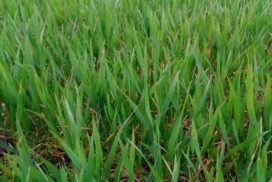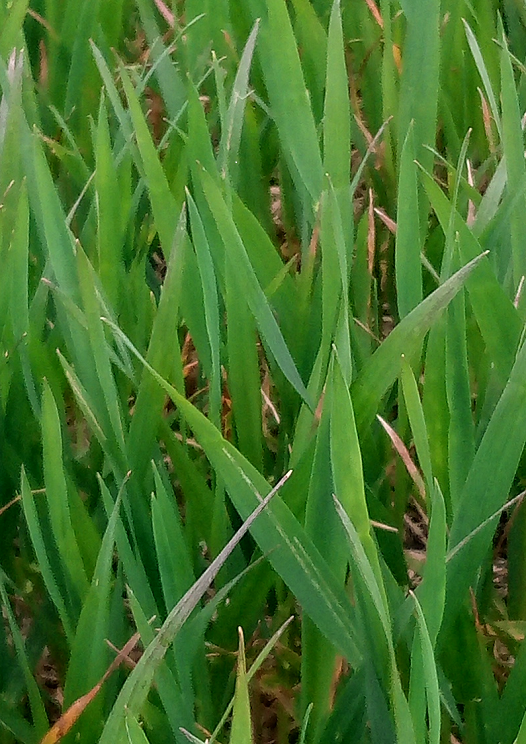Septoria Challenges for 2020
1 July 2020Septoria remains the number one challenge to manage in winter wheat crops and a mild winter has allowed low levels of the disease to survive in the crop. The messages about targeting leaf layers in wheat are now pretty widely accepted and understood, but at the same time we live in the real world where sprays have to be fitted to weather windows and in to work loads. Ideally the first main fungicide spray would go on at GS 32 which is an indication that final leaf 3 could be emerging. But there are a wide range of sowing dates this year so any idea of spraying by calendar date (which is never recommended) is immediately flawed. Crops are often shorter this year and different varieties stand taller than others so the height of the internodes when you cut the stem open might not flag that leaf three is emerging either. Although fiddly, it is best to peel back leaves on a few main tillers to check and see if you can count the ear, the flag and leaf two before you get to the emerged leaf you identified as being the newest emerged when you pulled the plant. It is more common to end up going slightly early for this spray than it is to go slightly late. If you do end up slightly early you will have longer to bridge to get to the flag leaf so keep that in mind when setting products and rates.
The T1 sprays this will most probably include a fair amount of the last of the chlorothalonil supplies on farm this year. The decision to include an azole at T1 is a given but the inclusion of an SDHI at this time shouldn’t be an across the board decision. While it may well appropriately reflect the greater risk in early drilled, weaker varieties and those at high eyespot risk, it might be a saving that can be made in later drilled and lower risk crops. If the decision to use an SDHI plus azole mix at T1 seems a less risky option, then reducing dose would be another way to target the inputs to the scenario. Low dose rates of fungicides do not increase the risk of resistance – the reverse is true – but it will limit persistence and efficacy so definitely need to be targeted at the lowest risk situations. If savings are to be made in a programme T1 is the time to do it as the flag leaf timing is the most responsive and savings there can be false economies.

Some tipping is present in crops as a result of chill winds but when judging Septoria levels look for the black pycnidial dots
There are new restrictions on the use of epoxiconazole as this azole has dropped at speed into a final use up period so authorisations for sale and supply end on 31 October 2020 and authorisations for disposal, storage and use end on 31 October 2021. But of importance this season is the concern raised by the Chemical Regulations Directorate about a risk to birds and the guidance not to apply products containing epoxiconazole at 83 g a.s./ha or higher to cereals before growth stage 40, to mitigate this risk.
One issue at flag leaf timing in wheat this year will be the loss of chlorothalonil as many of our wheat crops will fall out side the 20th May final use up. The worry is that this will expose previously masked weaknesses in existing chemistry so moving on to the most effective SDHI and azole chemistry which include SDHI loaded chemistry like Ascra Pro or new products like Revystar XE or using previous favourites at higher rates will form the core of T2 treatments. The addition of one of the remaining multisite fungicides such a folpet or mancozeb will add some additional protection. Ideally gaps between sprays should not exceed 3 to 3 ½ weeks. If they are then inputs may need to be adjusted.
A strong finish is also important and T3 head sprays in Scotland help to retain green leaf by managing Septoria in addition to helping reduce the risk of head blights. These are often reliant on azoles as SDHIs can only be applied twice in the season. The inclusion of an alternative multisite is preferable in terms of reducing resistance to using straight azoles with no support. At this timing it is particularly important to check last application timings and also any limitations on total dose or application number.
Fiona Burnett, SRUC
Article first published in the Scottish Farmer
Sign up to the FAS newsletter
Receive updates on news, events and publications from Scotland’s Farm Advisory Service

